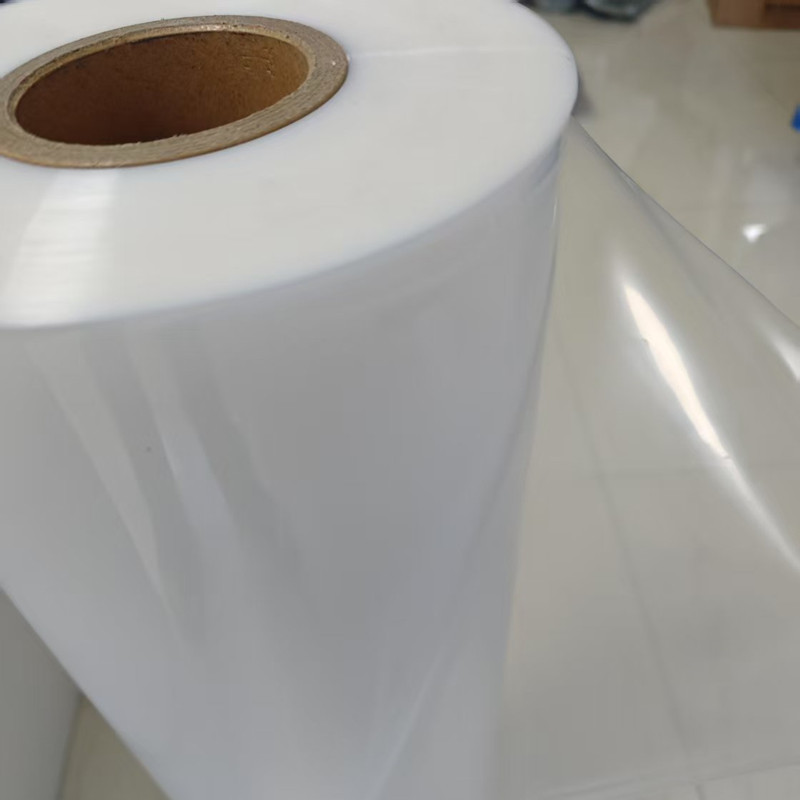PA/PE film is typically structured as a multi-layer composite, where:
PA Layer (Polyamide): Acts as the "strength and barrier core." It provides exceptional tensile strength, puncture resistance, and oxygen/moisture barrier properties—preventing external contaminants from penetrating and internal contents from deteriorating.
PE Layer (Polyethylene): Serves as the "sealing and protective outer layer." It offers excellent heat sealability (enabling reliable bonding during packaging), chemical resistance (to oils, acids, and alkalis), and low-temperature flexibility (remaining durable even in cold storage).
The two materials are bonded via advanced lamination (adhesive-based) or co-extrusion (melting and merging layers in one step), ensuring tight layer adhesion and consistent performance across the film.
PA/PE film stands out for its balanced set of technical advantages, making it versatile for diverse use cases:
Superior Mechanical Strength: High tensile and impact resistance, reducing the risk of tearing or puncturing during handling, transportation, or storage.
Excellent Barrier Performance: Blocks oxygen, moisture, and odors effectively—critical for preserving the freshness and quality of contents (e.g., food, beverages, pharmaceuticals).
Reliable Heat Sealability: The PE layer enables strong, leak-proof seals, which is essential for packaging applications like pouches or bags.
Chemical Resistance: Resists corrosion from common substances such as oils, solvents, and mild acids/alkalis.
Flexibility & Durability: Maintains toughness even in low-temperature environments (e.g., refrigeration) without becoming brittle.
Food-Grade Compliance: Most PA/PE films meet global food safety standards (e.g., FDA, EU 10/2011), making them safe for direct contact with edible products.




